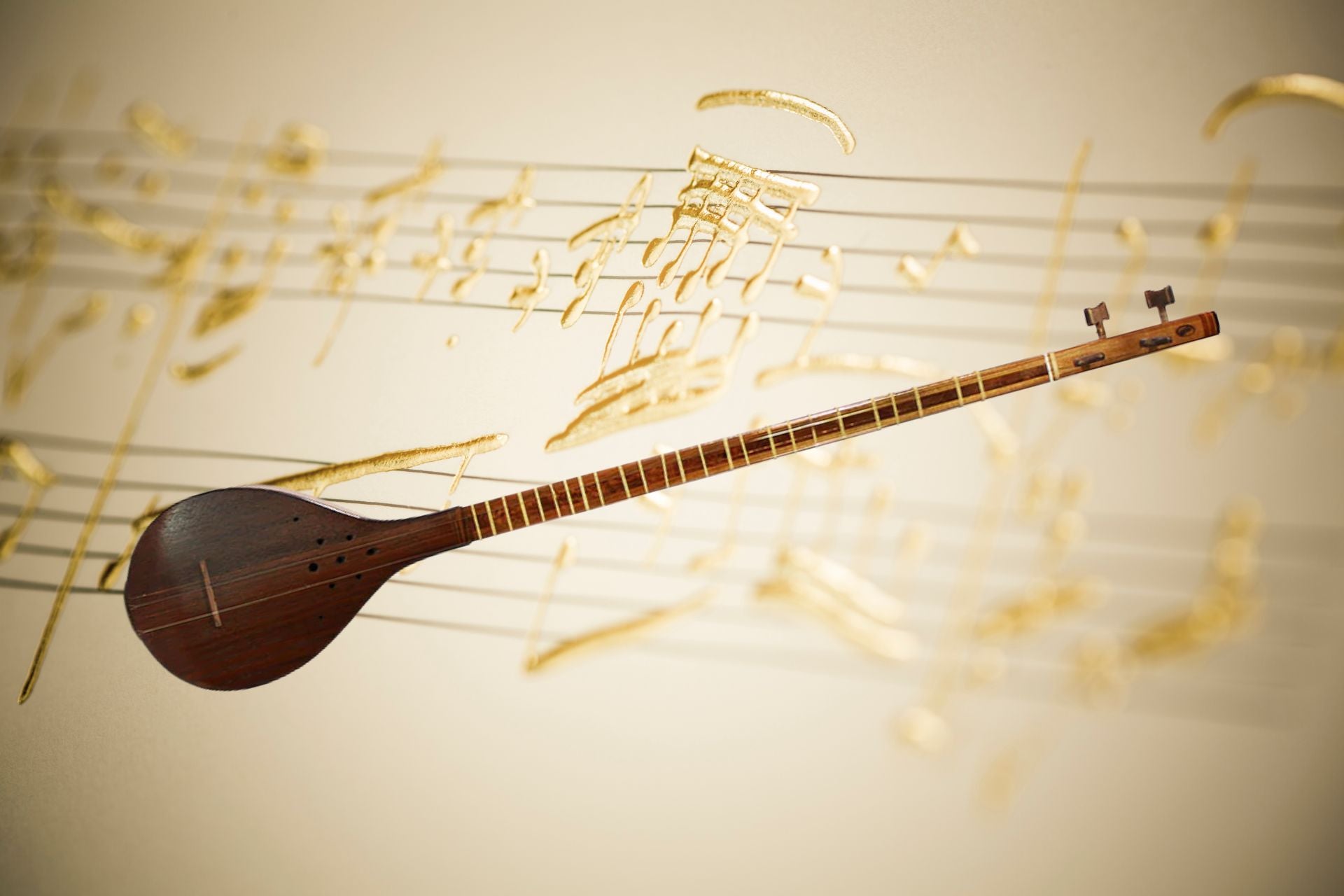General Articles
Setar: Unveiling the Melodic Charms of a Persian Musical Treasure
The rich heritage of Persian music is adorned with a wide array of mesmerizing instruments, each weaving a tapestry of captivating melodies. Among these treasures is the Setar, a fascinating Persian stringed instrument renowned for its hauntingly beautiful sound. With its ancient origins and unique construction, the Setar has captured the hearts of musicians and music enthusiasts alike. In this article, we delve into the enchanting world of the Setar, exploring its history, construction, and enduring allure.
History of the Setar: A Tale of Centuries Past
The roots of the Setar can be traced back to the medieval era, making it one of the oldest instruments in Persian music. The word "Setar" translates to "three strings," referring to the instrument's traditional configuration. Developed during the Sasanian Empire (224-651 CE), the Setar gained popularity during the Safavid dynasty (1501-1736 CE) and has retained its significance ever since. With a historical lineage spanning over a thousand years, the Setar holds a special place in the hearts of Persian musicians and enthusiasts.
Construction: An Artistic Fusion of Craftsmanship and Elegance
Crafted with meticulous attention to detail, the Setar exemplifies the skill and artistry of Persian instrument makers. The instrument features a hollow, pear-shaped body made from a single piece of mulberry wood, which is carefully selected for its tonal qualities. The soundboard is covered with a delicate membrane made from stretched lamb or goat skin. The neck, made of walnut or rosewood, extends from the body and is adorned with twenty-five to twenty-eight movable frets, allowing for precise intonation. The strings, traditionally made of silk, have now been replaced with steel or nylon, enhancing the durability and tonal range of the Setar.
Playing Techniques: Embarking on a Musical Journey
Playing the Setar requires both technical expertise and an emotional connection to the instrument. Traditionally played with the index finger of the right hand, the strings are plucked delicately, producing resonant and soul-stirring notes. The instrument's range spans more than two octaves, allowing for a vast array of melodic expression. Setar players employ various techniques, such as slides, vibrato, and trills, to infuse their compositions with evocative nuances, enabling the Setar to convey a wide spectrum of emotions.
The Timeless Charm: Setar in Persian Music and Beyond
The Setar has an unmatched ability to evoke a sense of nostalgia and serenity. In Persian classical music, known as Radif, the Setar plays a vital role in both solo and ensemble performances, often serving as the primary melodic instrument. Its haunting timbre complements the melancholic and introspective nature of Persian melodies, transporting listeners to a world of introspection and contemplation. Moreover, the Setar has transcended cultural boundaries and has been embraced by musicians worldwide, blending seamlessly into various genres and captivating diverse audiences with its allure.
Experience the Melodic Magic of Setar at Rhythm Music Shop
If you are captivated by the enchanting sounds of the Setar and wish to embark on your own musical journey, Rhythm Music Shop is your destination. Whether you are a seasoned musician or a curious beginner, Rhythm Music Shop offers an extensive range of high-quality Setars, catering to all skill levels. Visit our online store to explore our collection and conveniently order your Setar from the comfort of your home. Alternatively, you can visit our physical store, where our knowledgeable staff will guide you in finding the perfect Setar to suit your musical aspirations.

